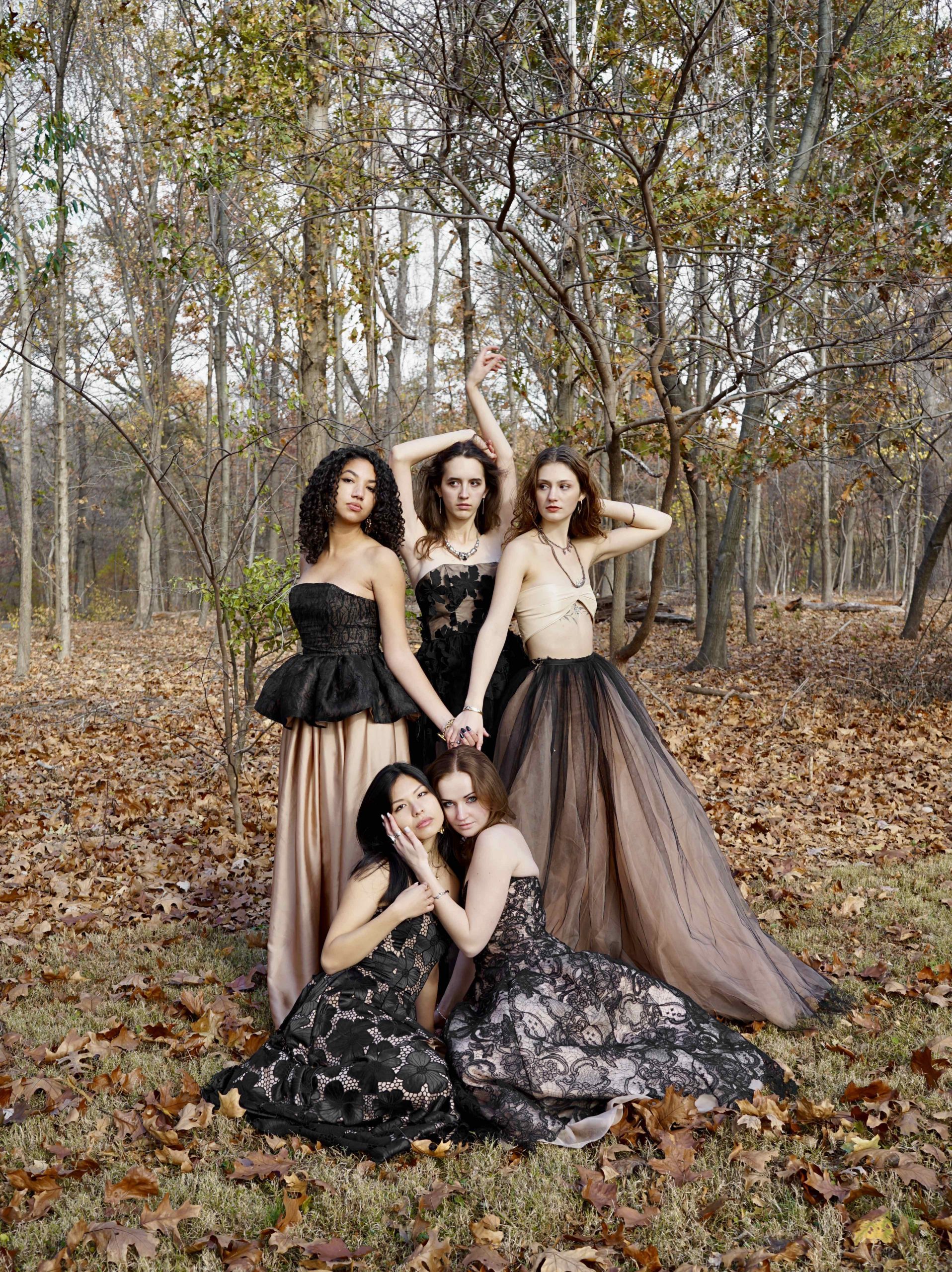Perishable beauty is both a concept, a story and a study.
People tend to aspire for beauty. But beautiful things in nature fade and such forms of beauty are transient. Perhaps, this is why beauty is so desirable, and captivating. This collection channels the progression of beauty into its components. It investigates decay and seeks to find meaning in these components, and remnants of the original things that were considered beautiful. In short, traditional beauty is deconstructed into bits and pieces.
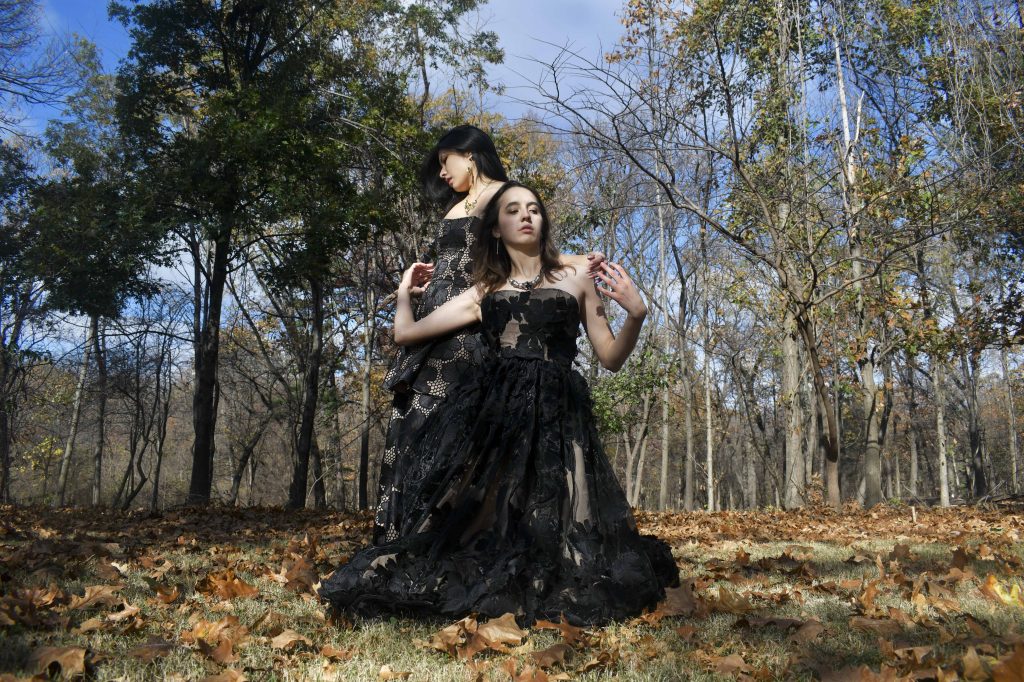


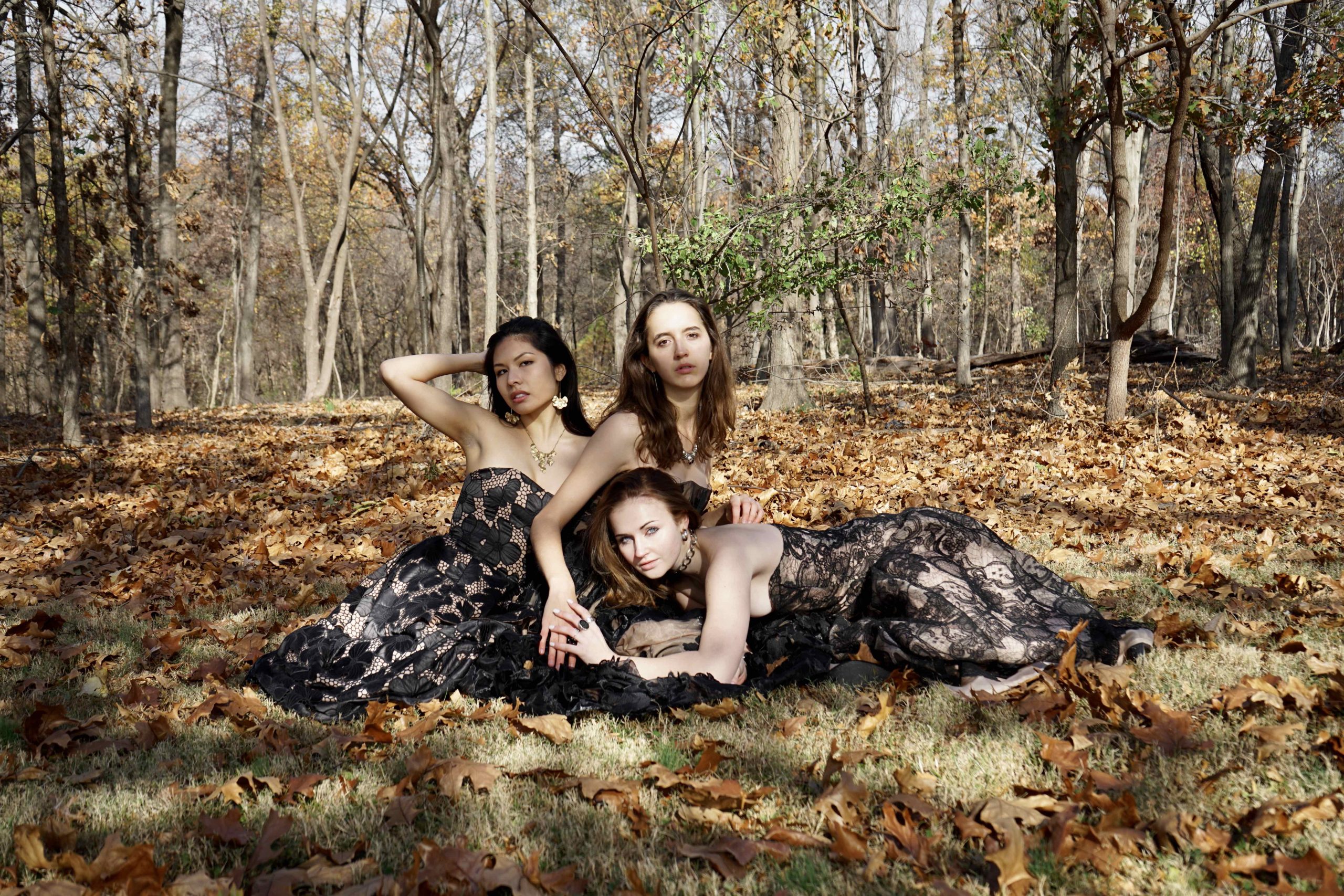

The process of fabric selection, cutting, and garment-making is used as a metaphor for perishable beauty. Fashion is seen as a pillar of beauty in the human world. Black floral and patterned lace is a captivating material – it is an example of the borrowing of natural motifs or natural beauty from the world around us and placing them into a man made fabric.

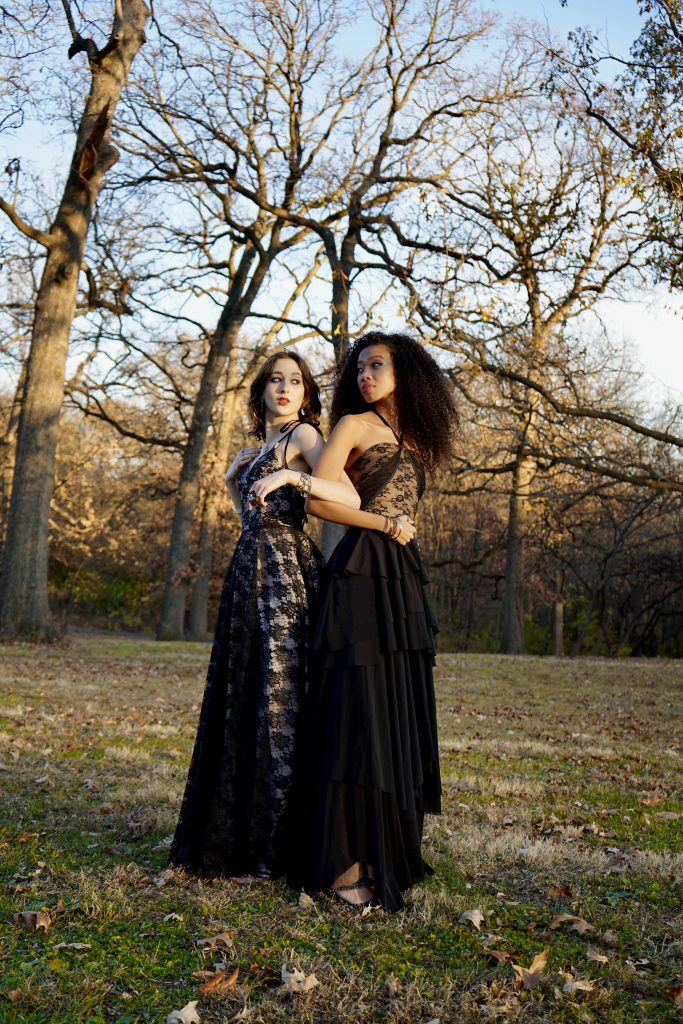
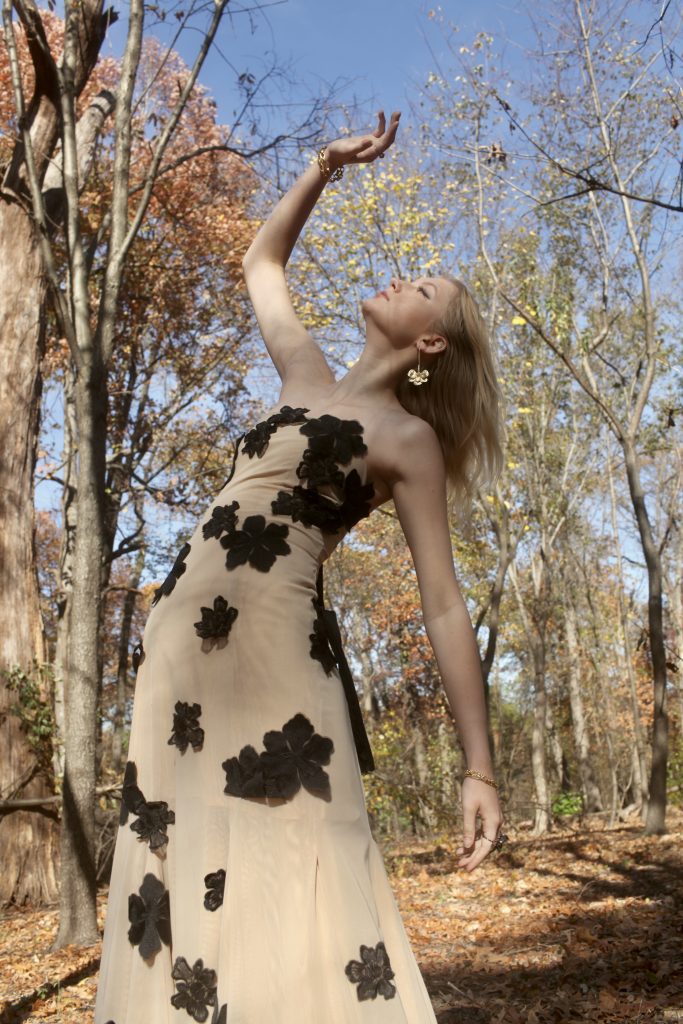
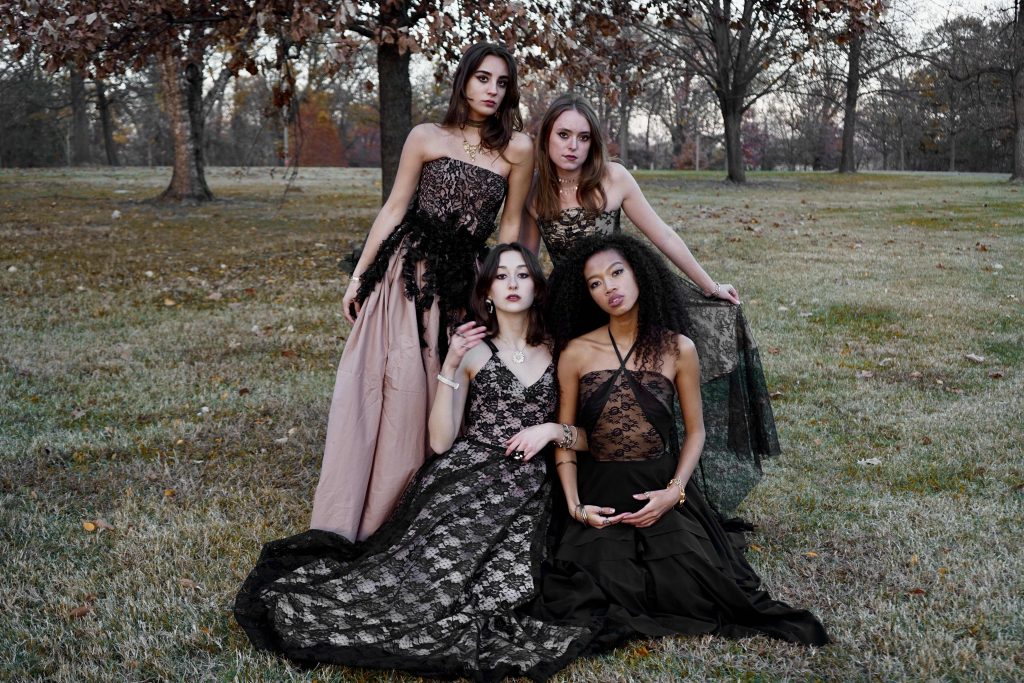

The black color is meant to highlight the beauty of the motifs and delicacy, so that these, and not the color, are the focus.
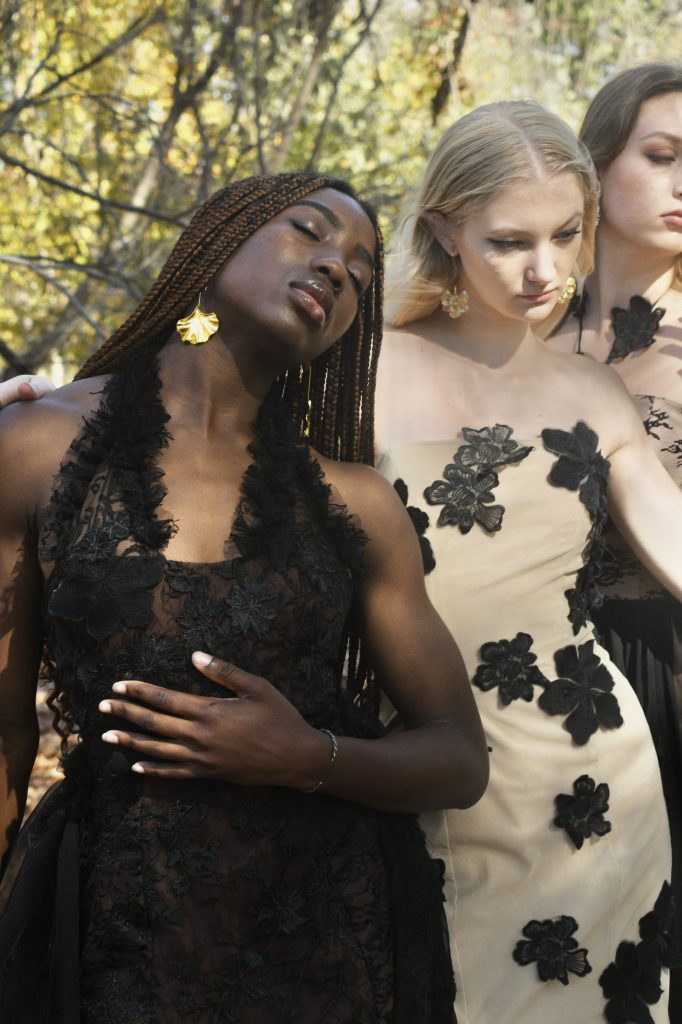
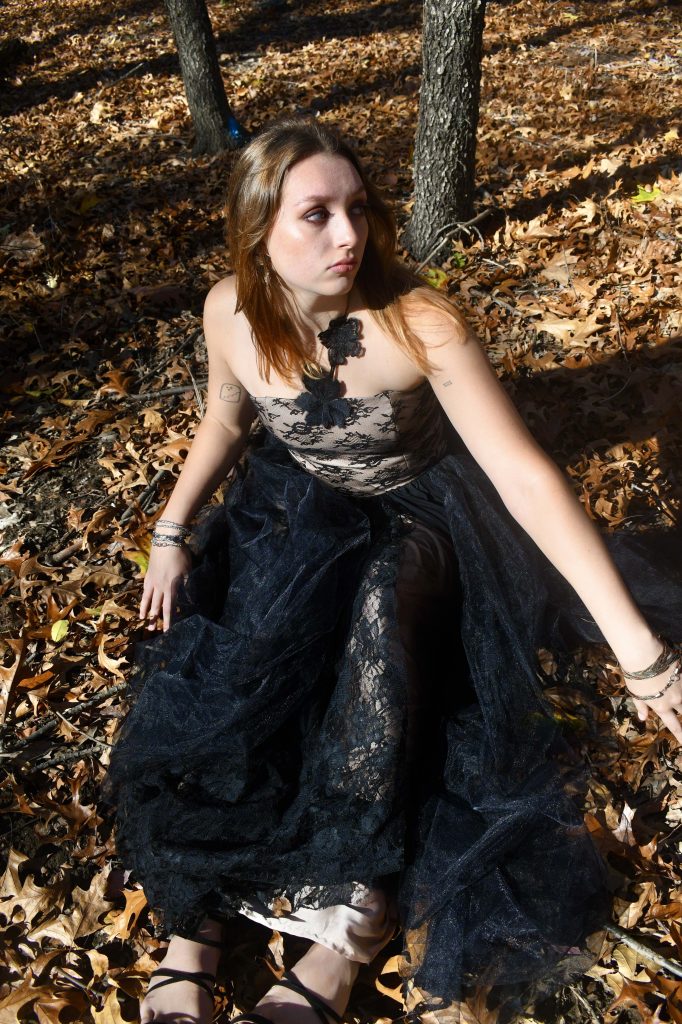
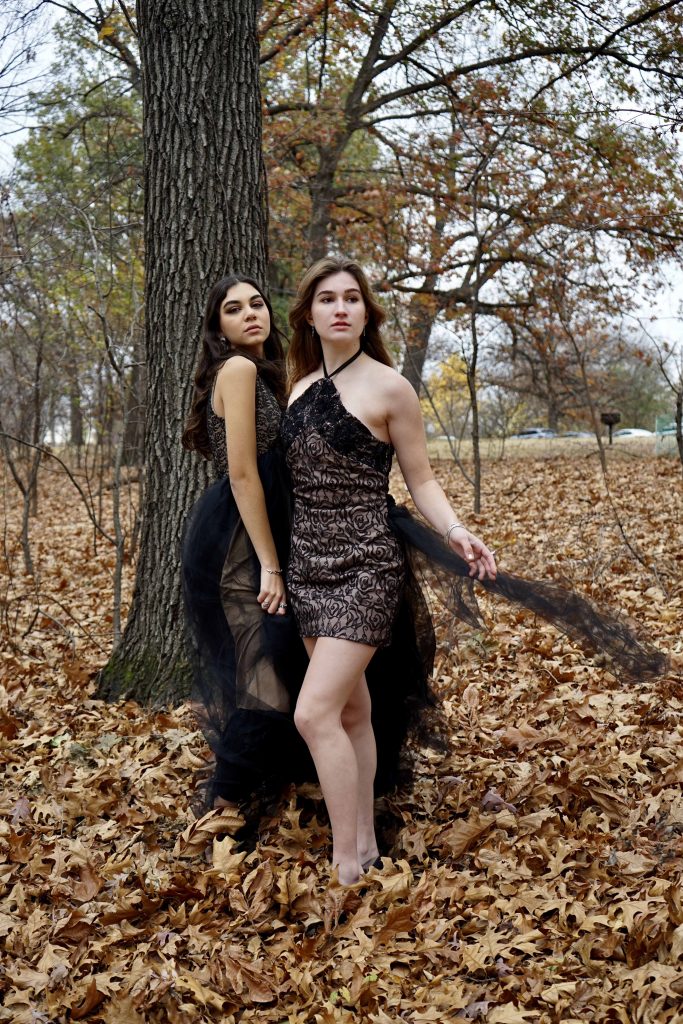
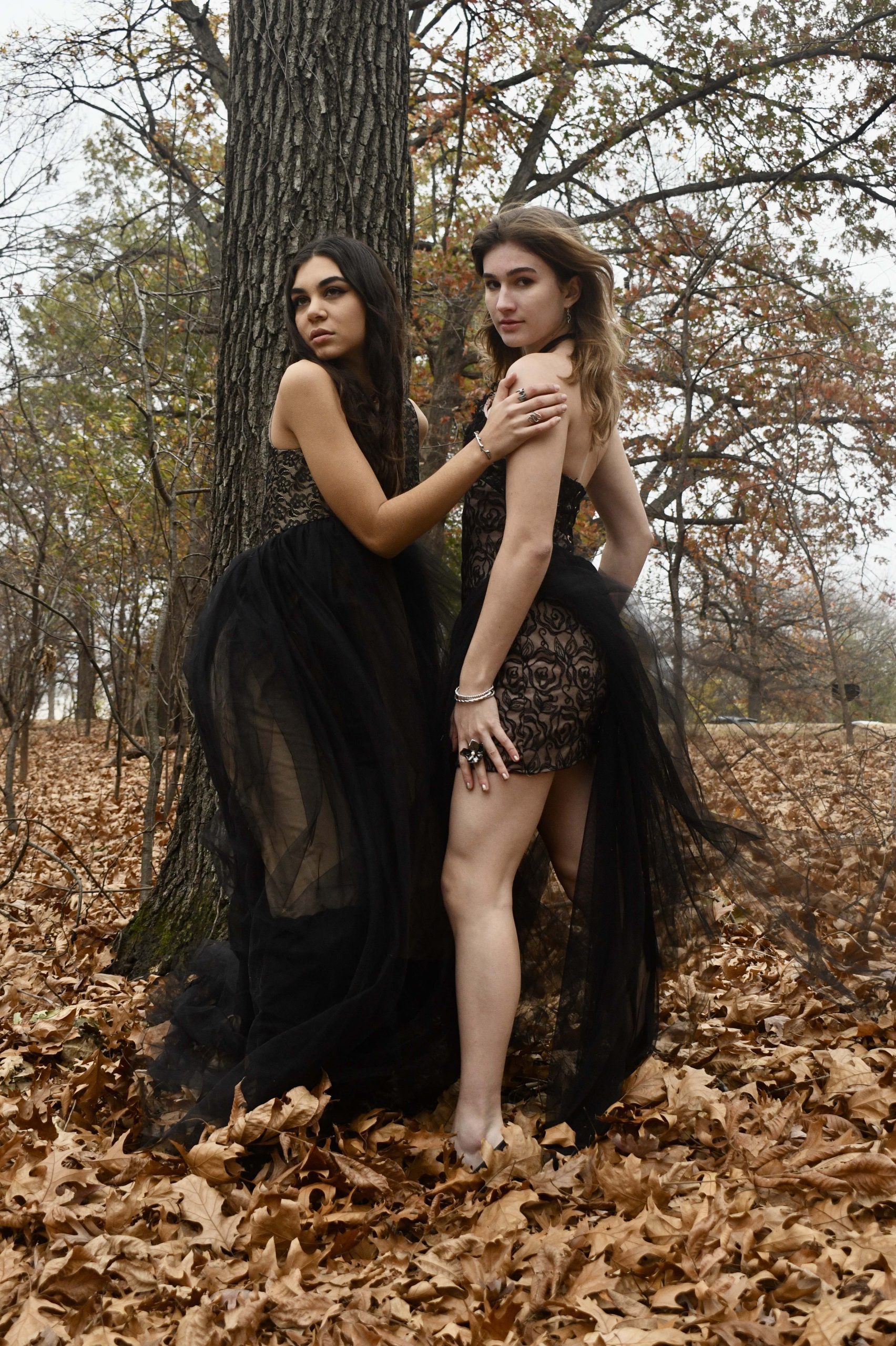

These laces are paired with flesh-toned linings to emphasize the ornate quality of the lace itself and minimize distraction.



The collection follows the general pattern where subsequent looks are made with the scraps remaining pieces from cutting out and constructing the previous garment.

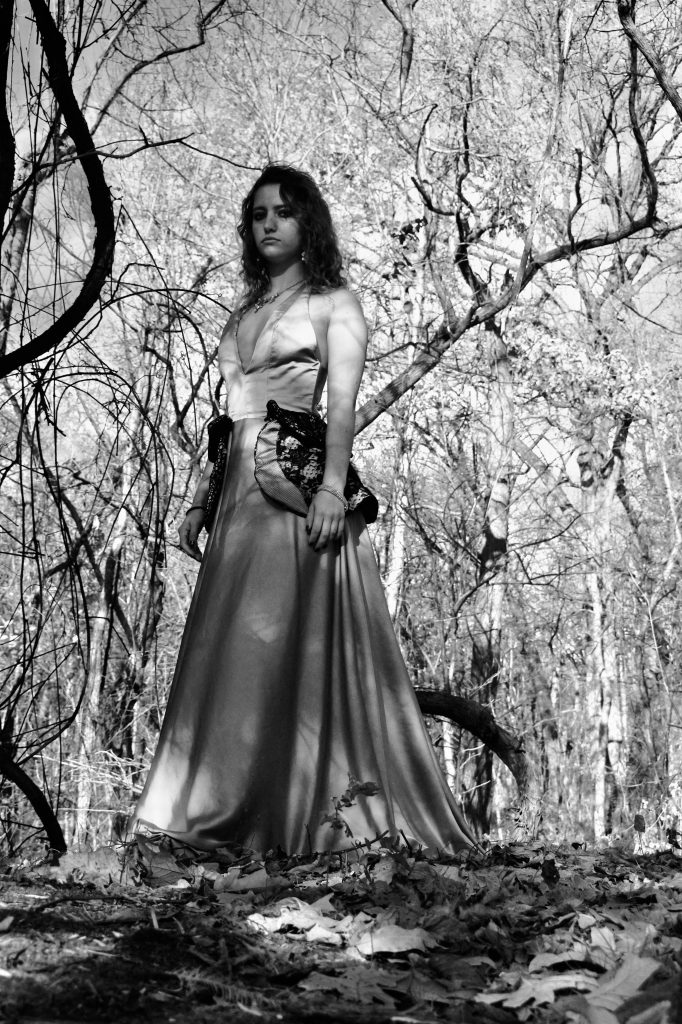
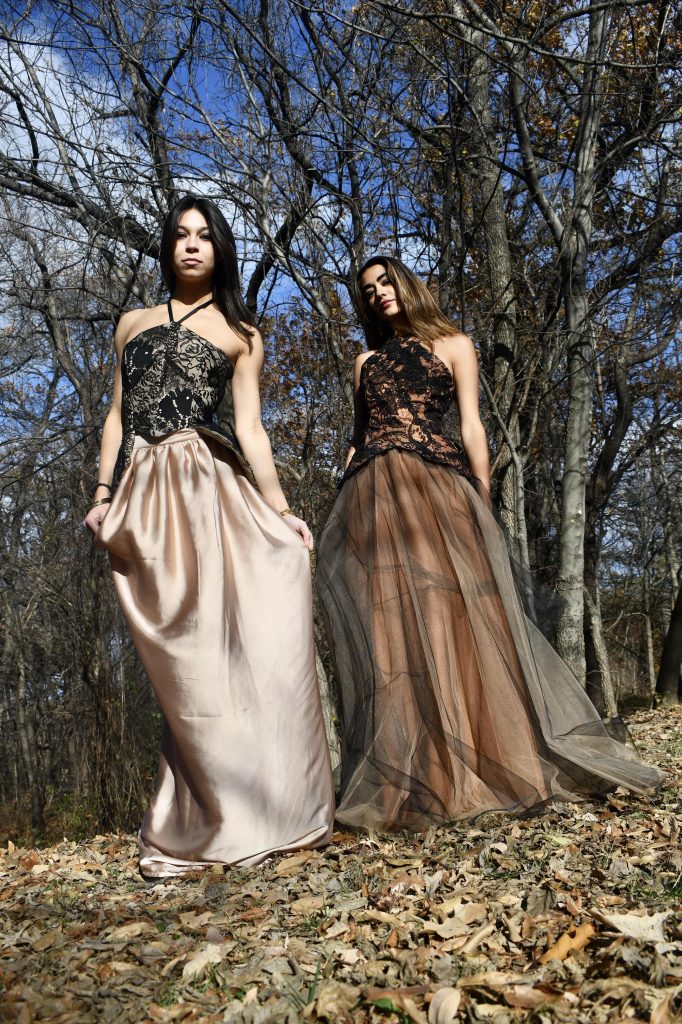
They become less traditional and more deconstructed and emotive as the pieces and components get smaller. However, even these garments are meant to appear beautiful and channel beauty conventions in silhouettes, to demonstrate the possibility of finding beauty in the unconventional.
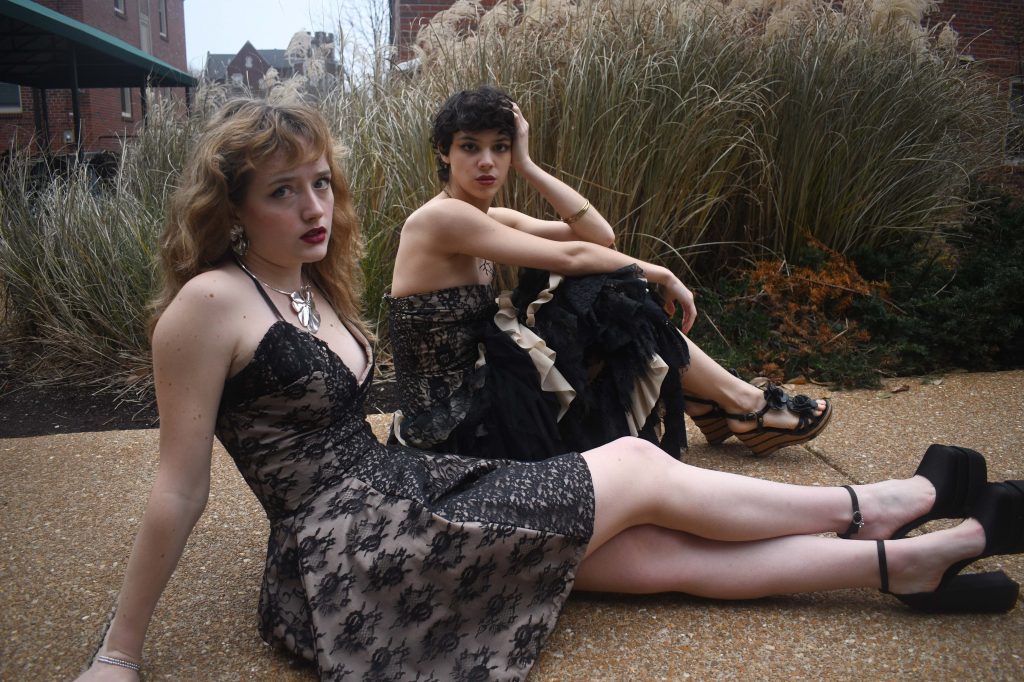
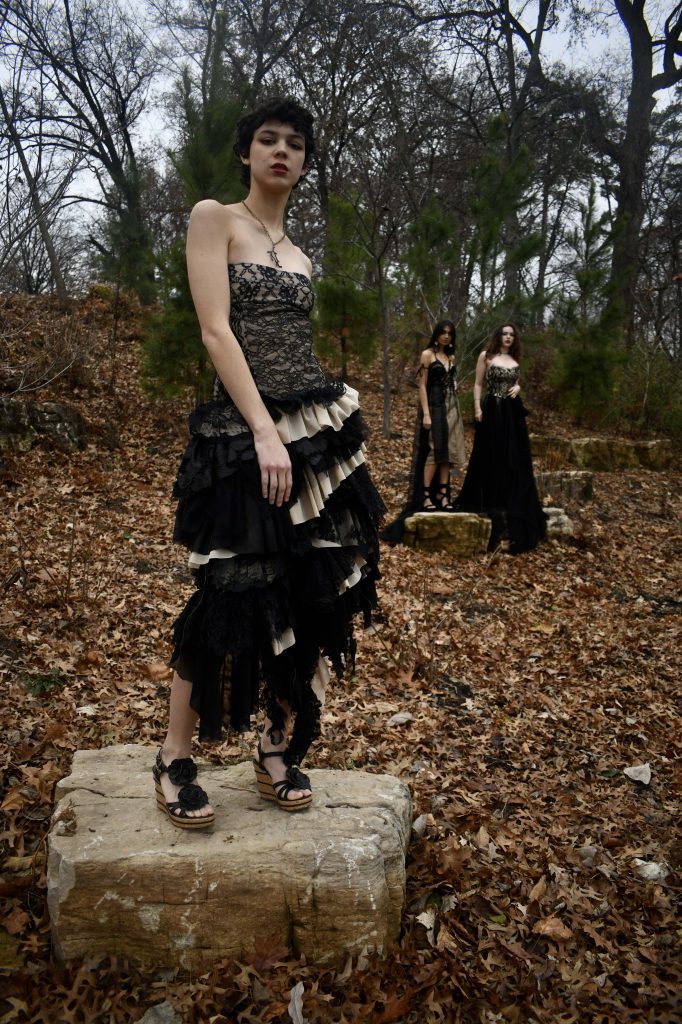
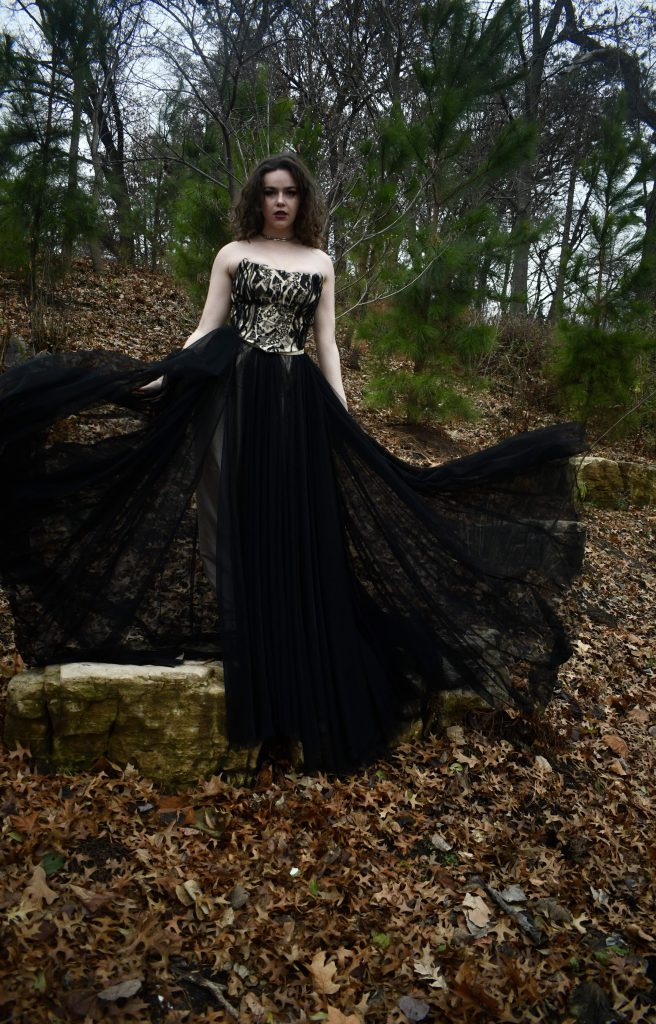
The first few garments in the series are made of virgin fabrics – the materials typically used to create conventional evening wear. These fabrics create something beautiful which obscures the dark side that is the amount of fabric waste and textile scraps of synthetic materials that cannot be composted or recycled.

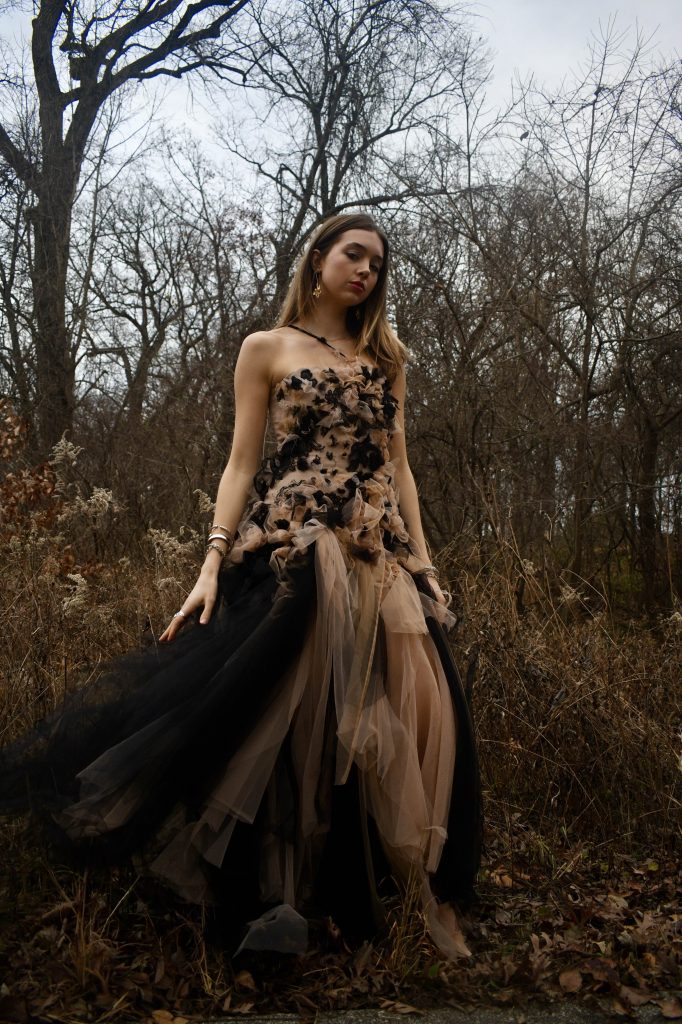
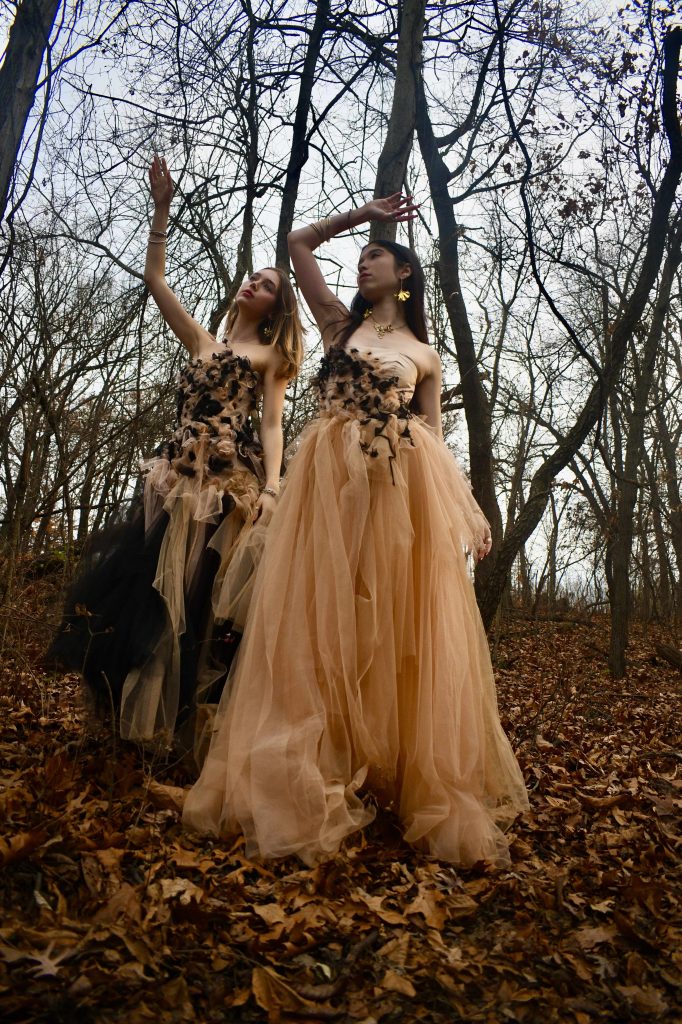
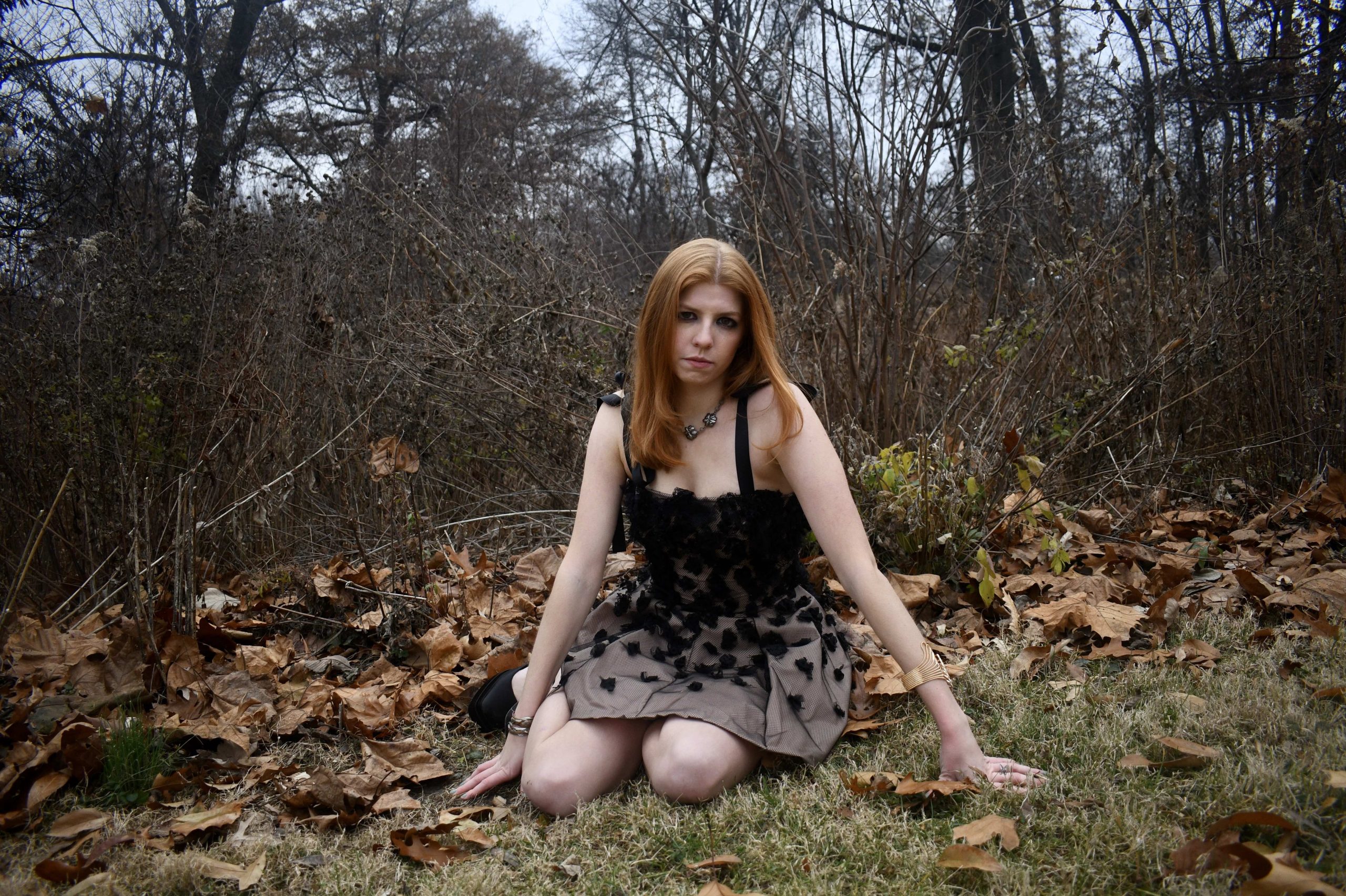
These scrap and remnant bits of lace and tulle are combined with other materials, some of which are up-cycled, remnants or deadstock, to repurpose them and create a piece that is just as beautiful and evocative as the “virgin” pieces. This process is repeated with smaller and smaller scraps, employing a variety of methods to make “waste” material into something beautiful, but also deconstructed, transient, abstract and moody.
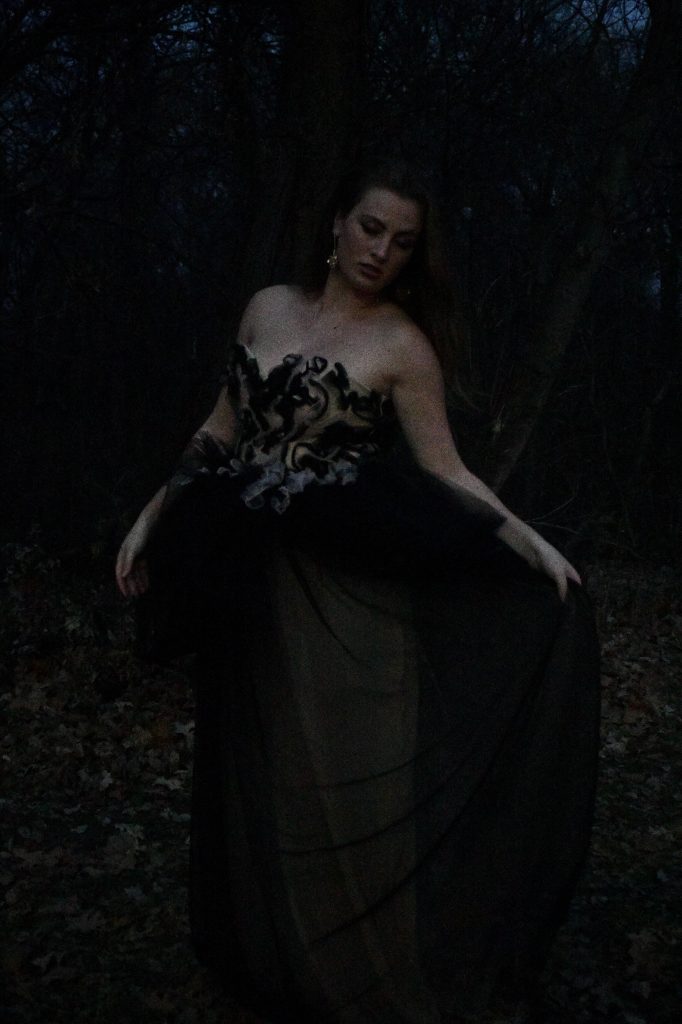
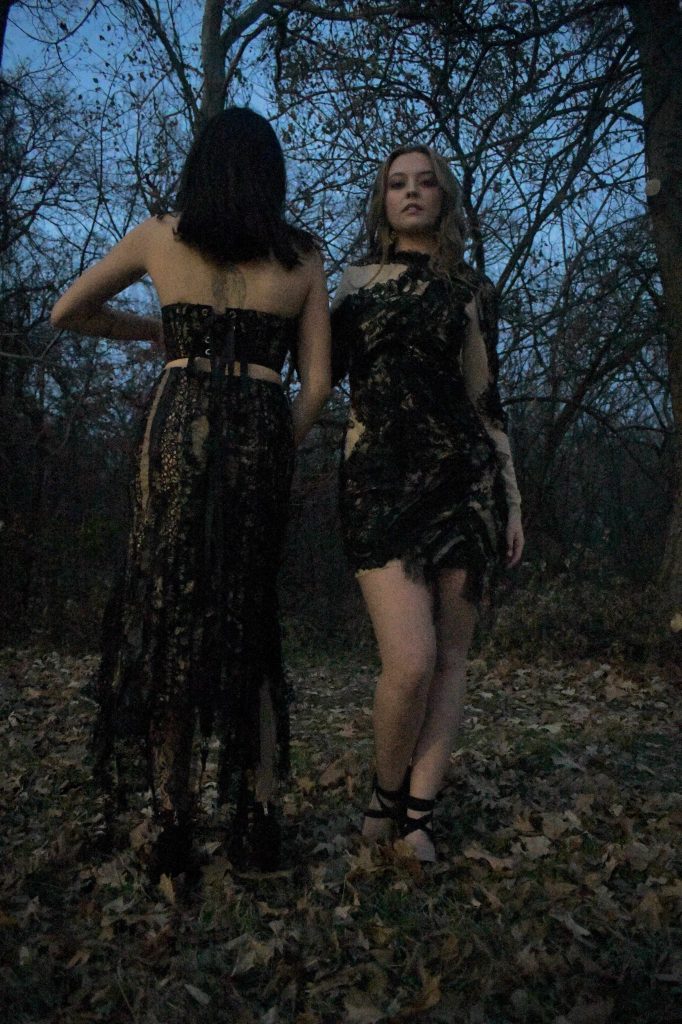
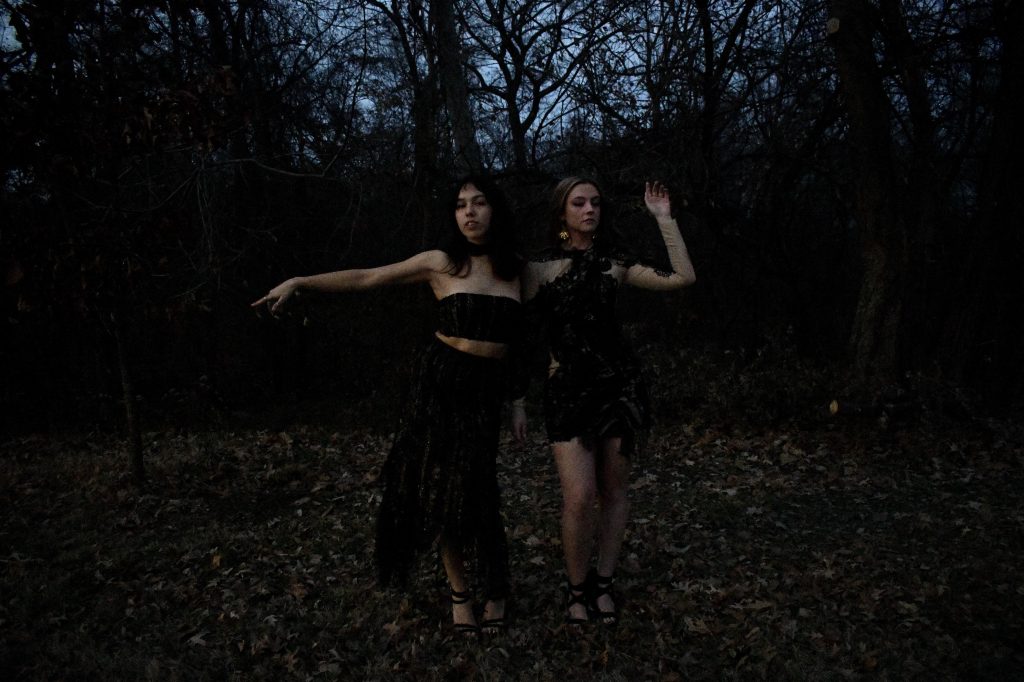
There is meant to be a coexistence of discomfort and loss with beauty, and with the remnants of stereotypical, conventional beauty that was present in the earlier pieces. The shift from virgin fabrics to scrap materials is meant to be spectrum to mirror how nature is perishable and gradually decays.

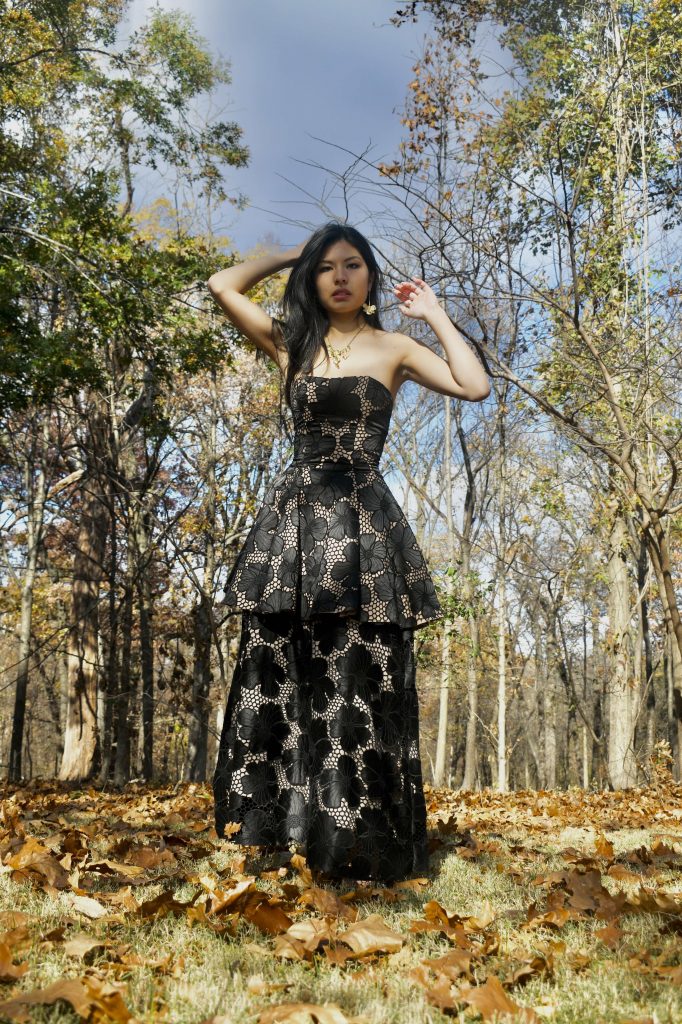

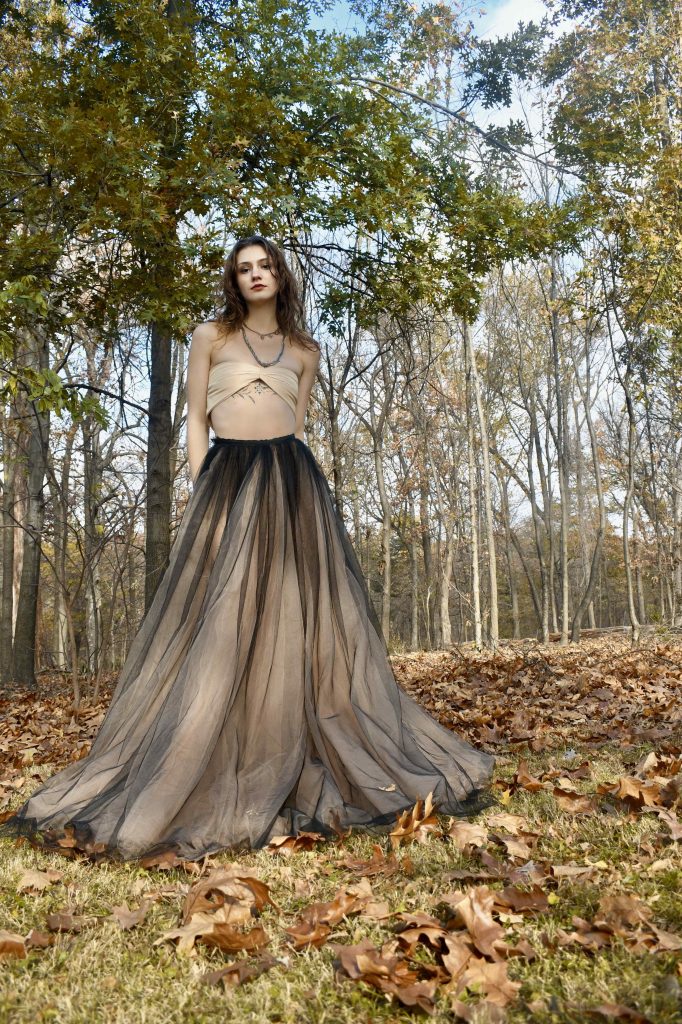
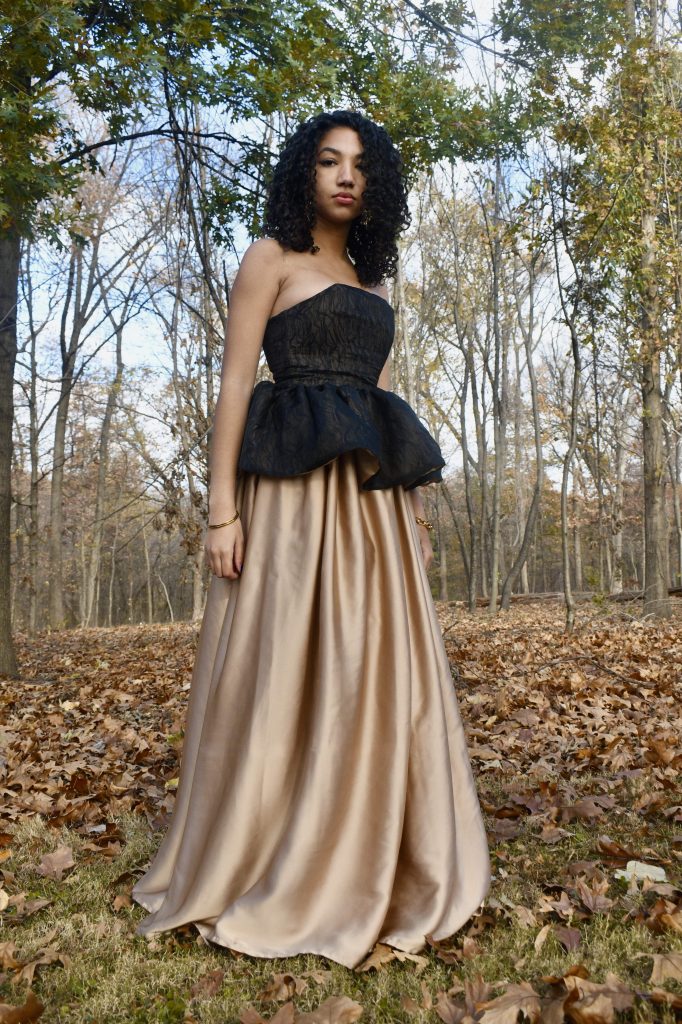

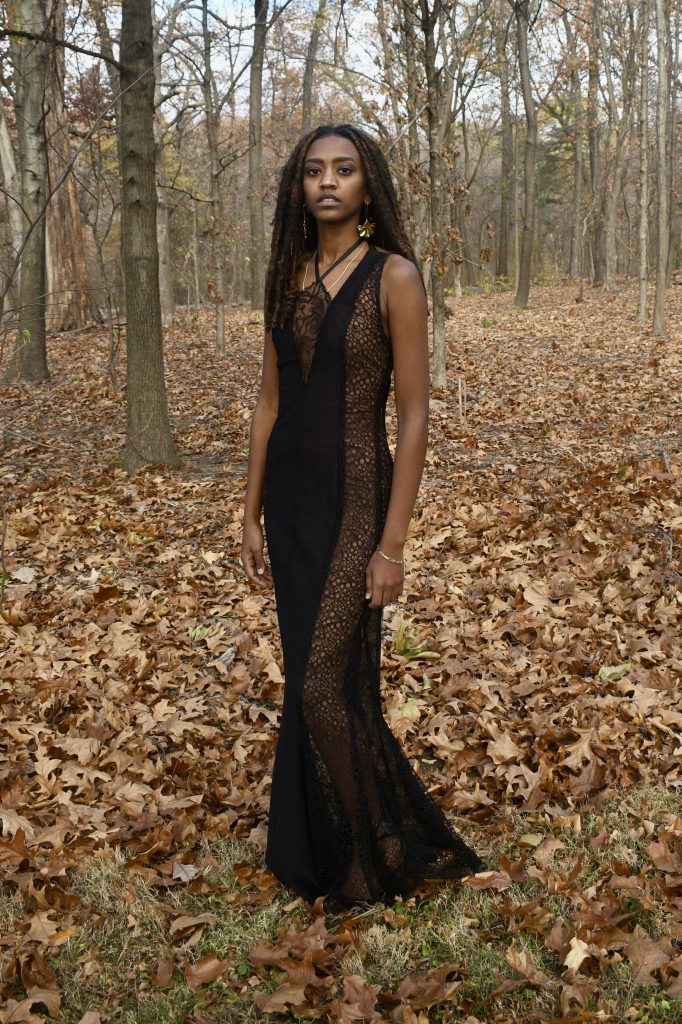






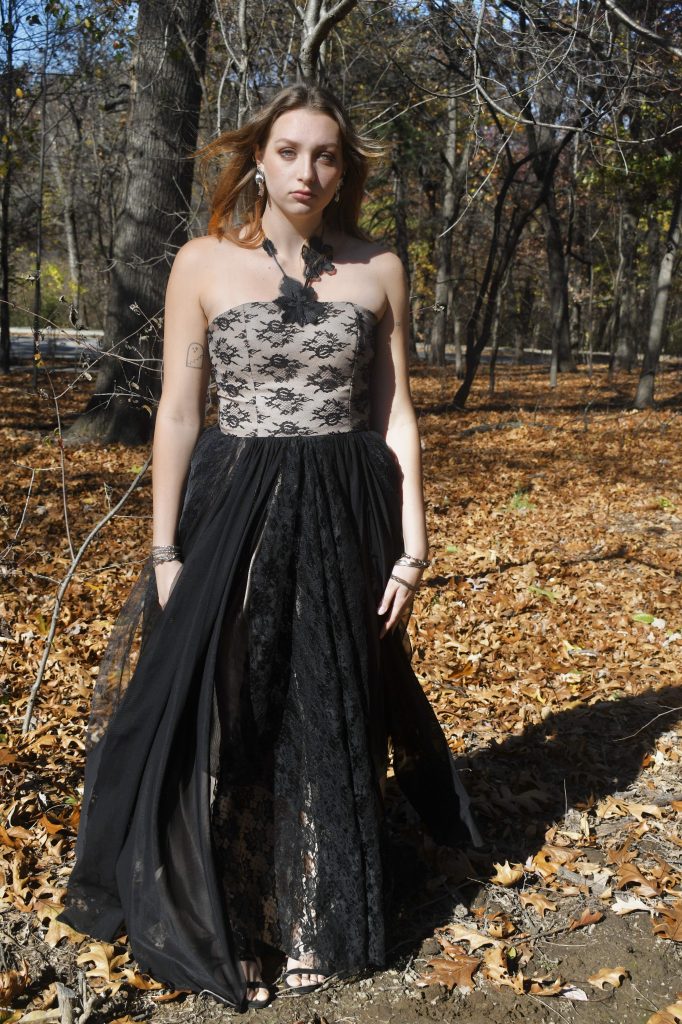
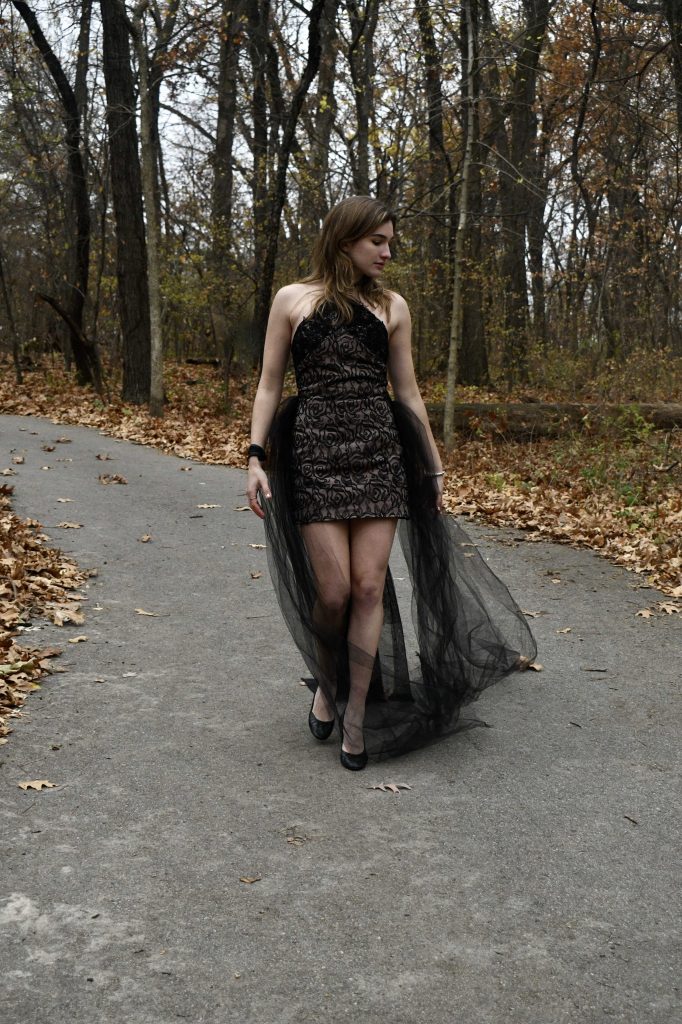



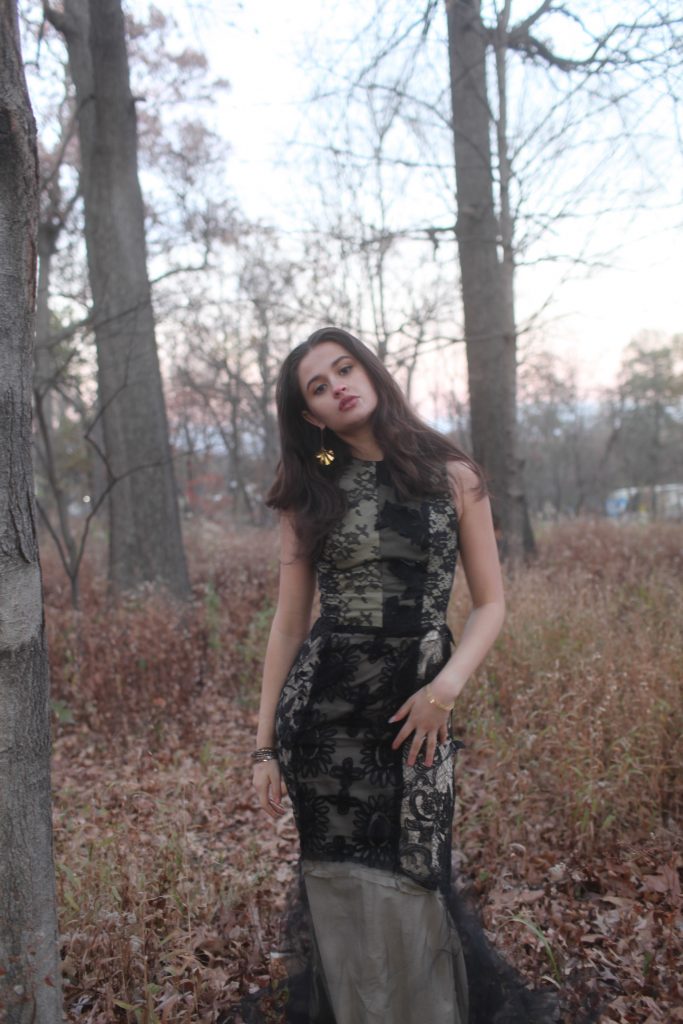

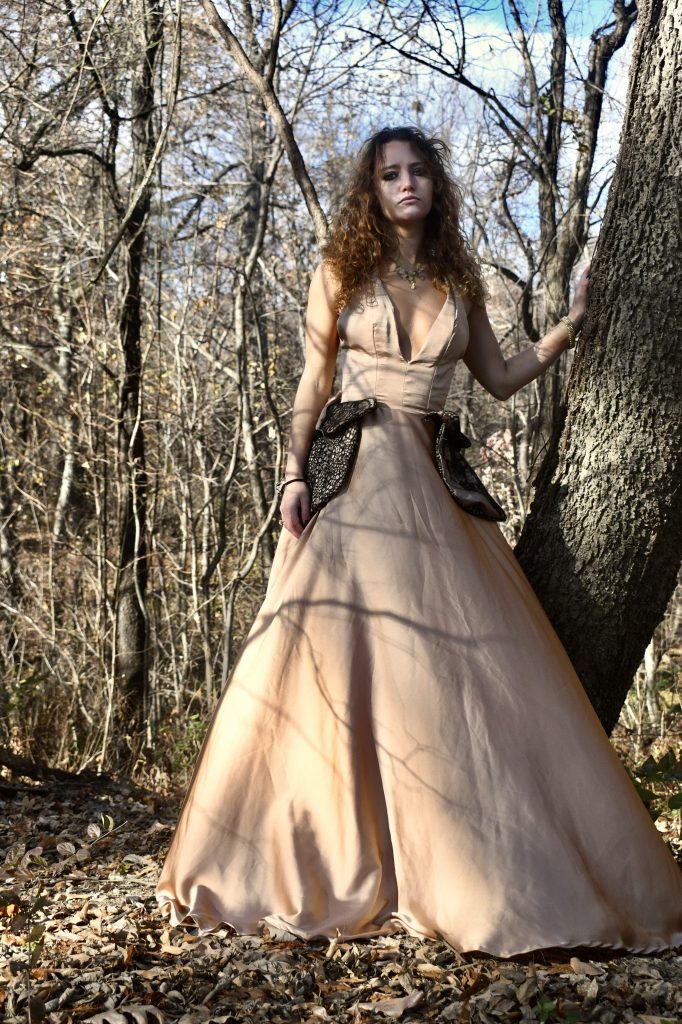
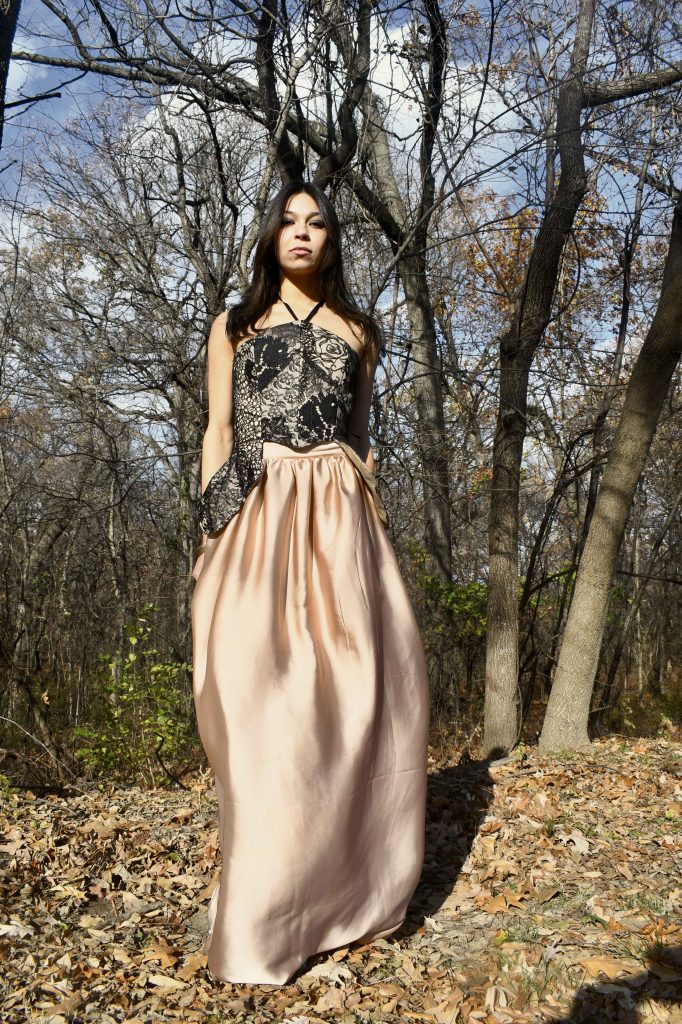
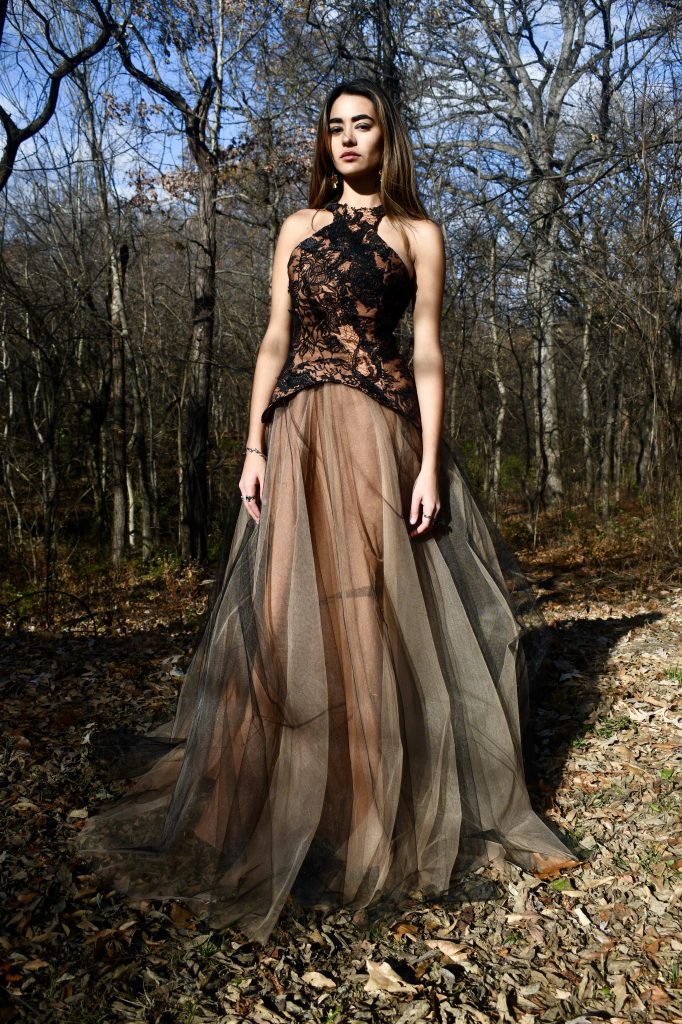

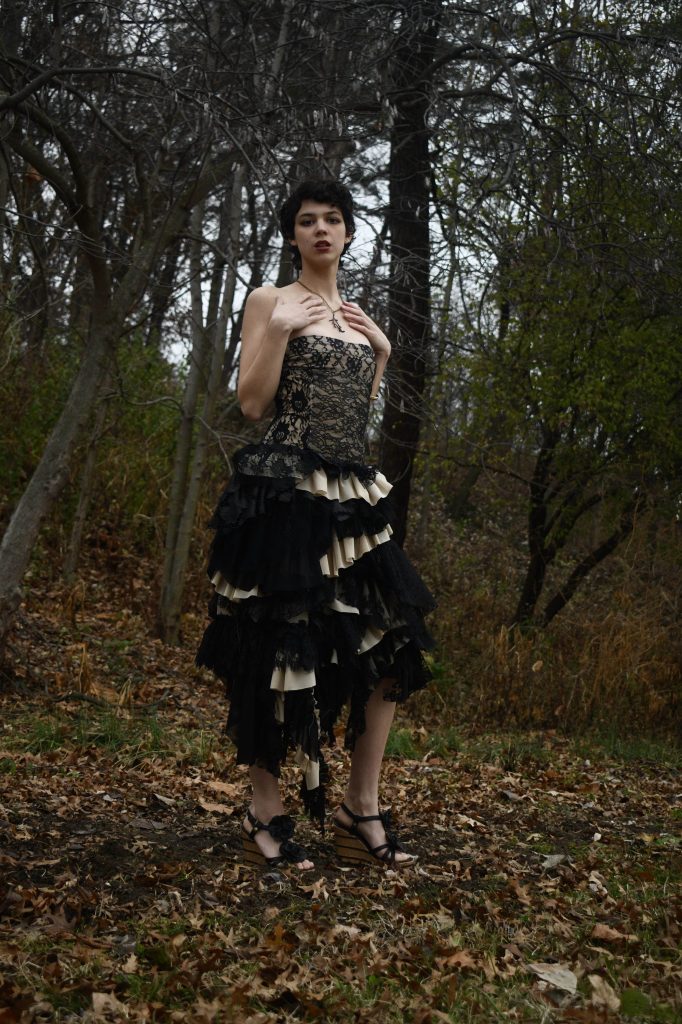
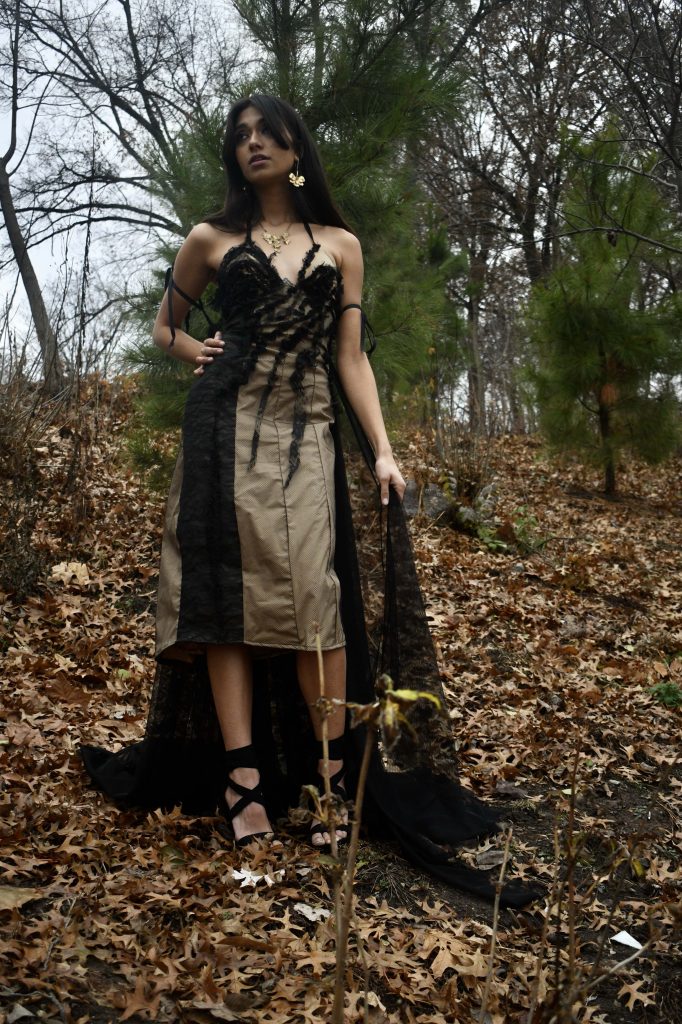
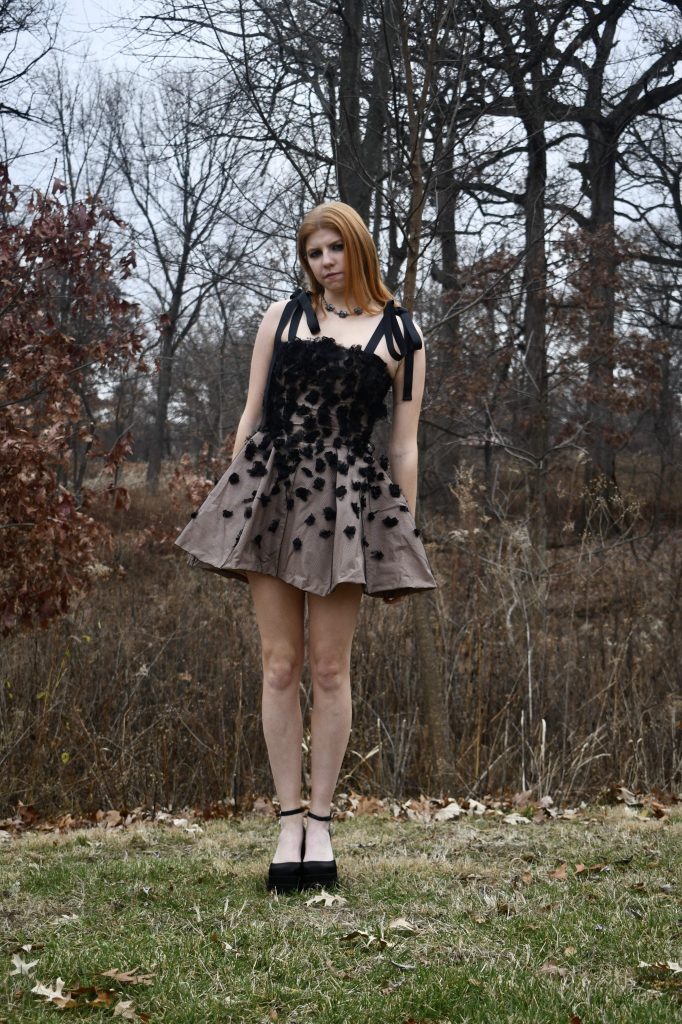

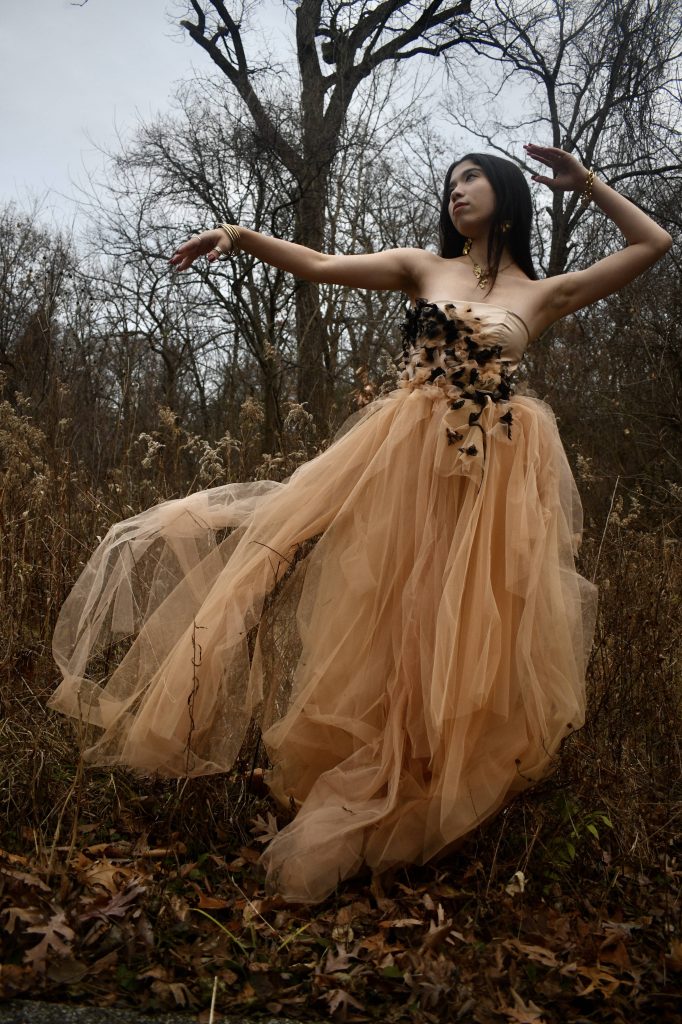
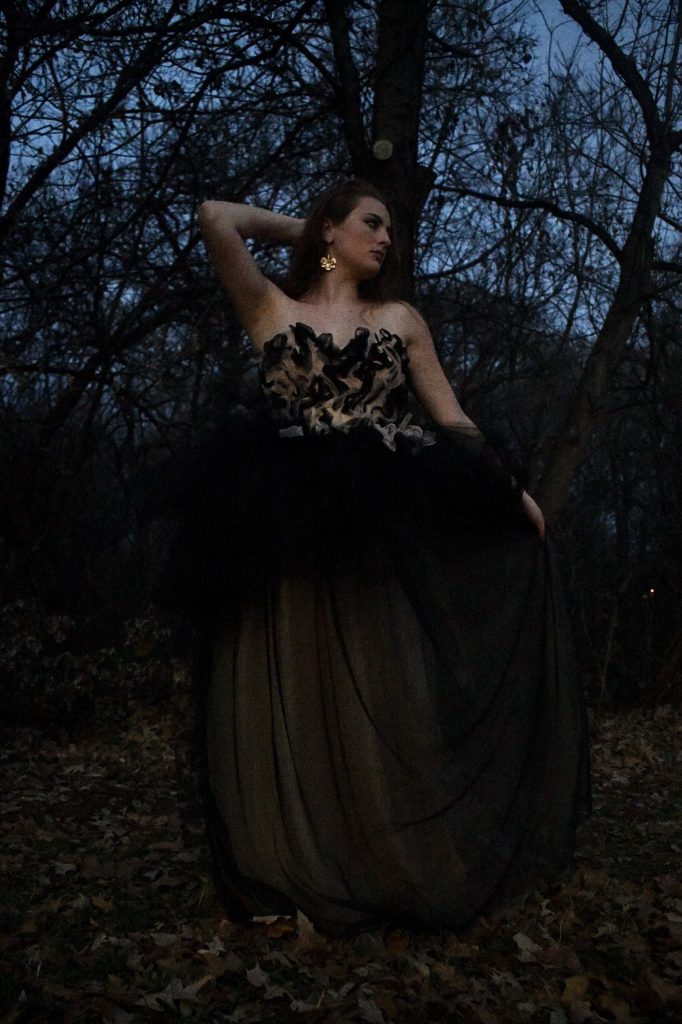

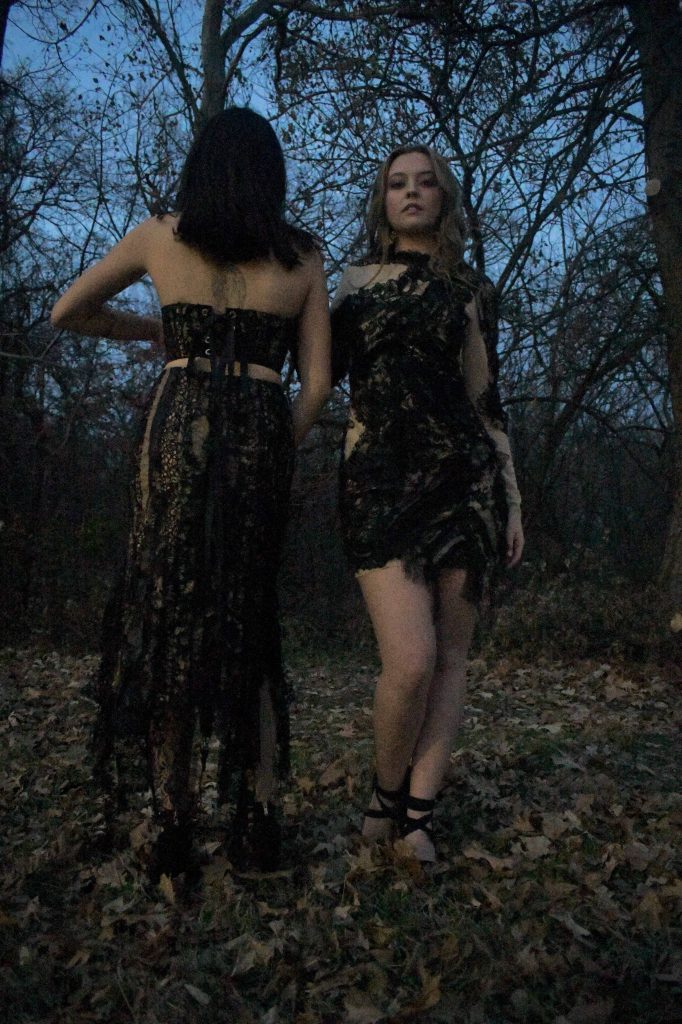
Creative Direction Maxine Roeder
Fashion Design Maxine Roeder
Featuring Anya Dubner, Erin Ritter, Adara Ezekwe, Helen Ives, Helen Telahun, Caroline Kaplan, Abi Cannon, Eve Spalding, Lu Folsey, Miri Goodman, Elodie Rebusque, Caroline Fesler, Lily Smith, Eloise Harcourt, Anna Jerdee, Emma Claisse, Shelby Roach, Carmen Waissar, Caroline Bixby, Eugenia Lopez-Gaffney, Sophie Dorosin, Yasmim Mclamb, Lillie Boero, Ava Schumacher, Faith Philips Sophia Ayubi, Paris Nix, Sydney Speicher, Claire Plavides, Lauren Macbryde, Victoria Brigglier, Emily Langston
Words Maxine Roeder
Photographs Maxine Roeder, Ariana Kohl, Sydney Hou
Stylists Mariead Burwell, Marissa Hart
Armour Magazine Season 30 — F/S 2023

